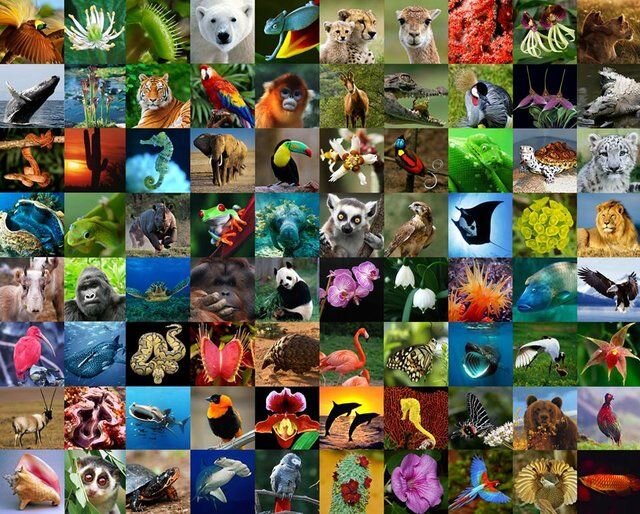By Maryam Tavassoli

TEHRAN –Loss of biological diversity, upon which human existence and wellbeing depend, threatens the whole earth, while each individual can play a key role in its preservation.
The International Day for Biodiversity is celebrated every year on May 22, it highlights that biological diversity resources are the pillars upon which humans build civilizations.
In December 2022, the world came together and agreed on a global plan to transform humans’ relationship with nature.
The adoption of the Kunming-Montreal Global Biodiversity Framework, also known as The Biodiversity Plan, sets goals and concrete measures to stop and reverse the loss of nature by 2050.
This year’s theme ‘Be Part of the Plan’ underscores the need for a collective and coordinated approach to address and reverse the loss of biodiversity and support the implementation of the Biodiversity Plan.
Iran is considered a crossroad between Asia, Africa, and Europe. This geographical situation has led to the climatic diversity of the country.
Despite the country’s rich biodiversity, some species have been severely damaged over the past years.
A total of 1036 vertebrate species are identified in the country. Out of 209 mammals, 560 birds, 242 reptiles, and 25 amphibians, around 75 species were included in the International Union for Conservation of Nature (IUCN) Red List in 2022.
Bustards and Asiatic cheetahs are among critically endangered species, there are roughly 19 species of bustards and 25 species of cheetahs identified in the country.
Moreover, a total of 35 out of about 62 endangered species of birds are aquatic and water-side.
Some 8,000 plant species have been identified so far in the country, which, in terms of their diversity and number, equals 80 percent of the plant species of the European continent.
The diversity of plants in Iran is unique in West Asia to the extent that the country ranks second following Turkey. In addition to native plants, there are also some other species in the country known as endemic species which are much more limited than native species. Out of 8,000 native species, some 1,800 are endemic. These species are found only in a certain geographical area.
Due to human activities, biodiversity has faced numerous threats, including habitat loss and fragmentation, overexploitation of natural resources, pollution, invasive species, and climate change, which has led to the extinction of many species and the degradation of ecosystems worldwide.
Habitat destruction is of the main factors that affects the extinction of a species. Road construction, mining, overgrazing, and land use change greatly damage wildlife habitats and reduce population size and genetic diversity within a species.
Drought has resulted in decrease vegetation diversity and lack of food for herbivorous species.
Several measures can be taken to mitigate the impacts of climate change, particularly drought, on the destruction of plants, such as managing the exploitation of natural resources and preventing the destruction of ecosystems to prevent severe conditions and lessen pressures on plants.
Also, raising public awareness to protect nature is an important step that helps governments to preserve nature.
By improving local communities, private sectors, and individuals’ roles in preserving wildlife along with the help of today's science and technology, we can make sure that ecosystems can thrive and plant and animal species can exist for future generations.
In addition, it is essential, for all countries, to reduce greenhouse gases by making comprehensive, decisive, and coordinated decisions.

No comments:
Post a Comment